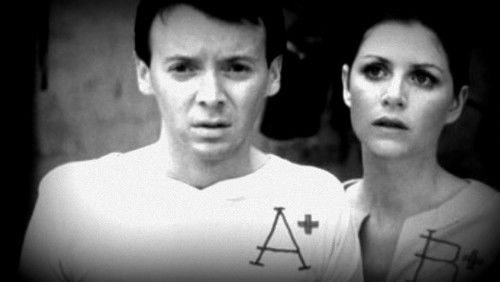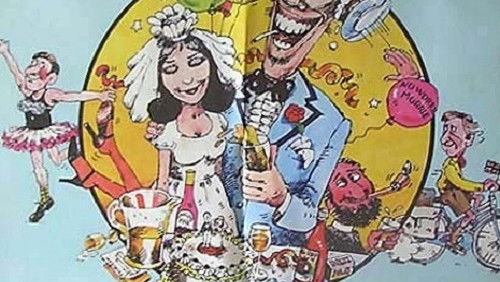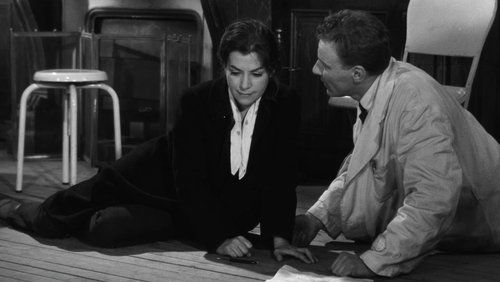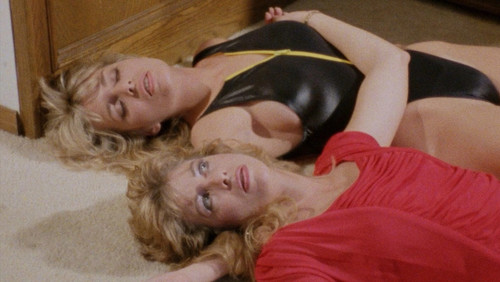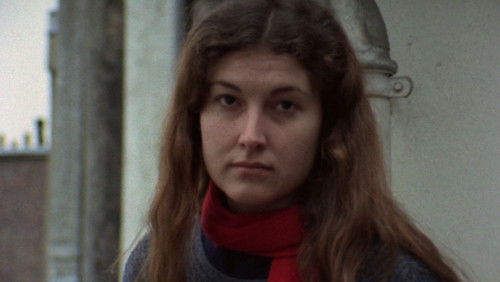Yoru no nagare (1960)
11KYoru no nagare (1960). 1h 51m
“Naruse Mikio had a great year in 1960. In that year, he released u0026quot;Onna ga kaidan wo agaru tokiu0026quot; (When a Woman Ascends the Stairs), u0026quot;Musume tsuma hahau0026quot; (Daughters, Wives and a Mother), AND u0026quot;Aki tachinuu0026quot; (The Approach of Autumn), all of them great films. With a track record like that, you are certainly allowed one misfire, but nevertheless this is an odd one. I couldnu0026#39;t find the background for the film, but for one reason or another, this film has not one, but two directors. Naruse is accompanied by Kawashima Yuzo, a director famous for his comedies, and therefore an odd pairing for the master director of melancholy women.u003cbr/u003eu003cbr/u003eIf you start watching u0026quot;Yoru no nagareu0026quot; (The Lovelorn Geisha / Evening Stream, 1960) as a fan of Naruseu0026#39;s filmography, you are in for surprises. Certainly, the film has a typical Naruse narrative about an owner of a restaurant (Yamada Isuzu), her daughter (Tsukasa Yoko) and the man they both love. It is just that there are so many other things going on, and the tone (or genre) of the film, is constantly a huge question mark. The opening scene at the poolside alone is one of the most atypical portions in Naruseu0026#39;s filmography – and therefore most likely a bit by Kawashima.u003cbr/u003eu003cbr/u003eThe story-line of the two main characters is dark, and it is not alone. The restaurant owned by Yamadau0026#39;s character is frequented by a bunch of geishas, whose lives the film also follows. Though they seem initially happy, it does not take long for really scandalous elements to appear, from suicide attempts to sexual abuse and rape. The film was shot in color, which really doesnu0026#39;t fit it at all. Even more distracting are the comedic bits, like the English lesson, which most likely are by Kawashima.u003cbr/u003eu003cbr/u003eBoth directors have done good films, I am not here to favor one over the other. But their styles are so different, that this film loses focus very quickly, which is not helped by the fact that it tries to tell several stories. This in an odd misfire, and the potential is drained away by the filmu0026#39;s attempt to be several different movies in rapid succession.”
